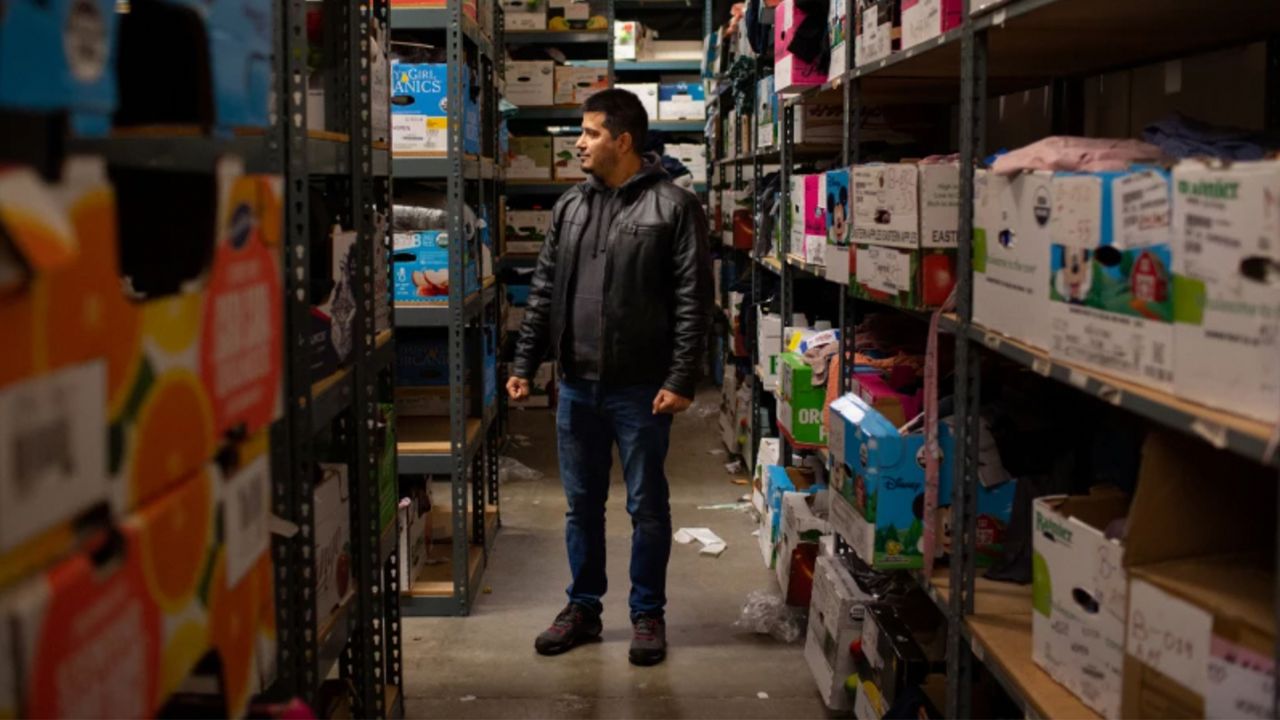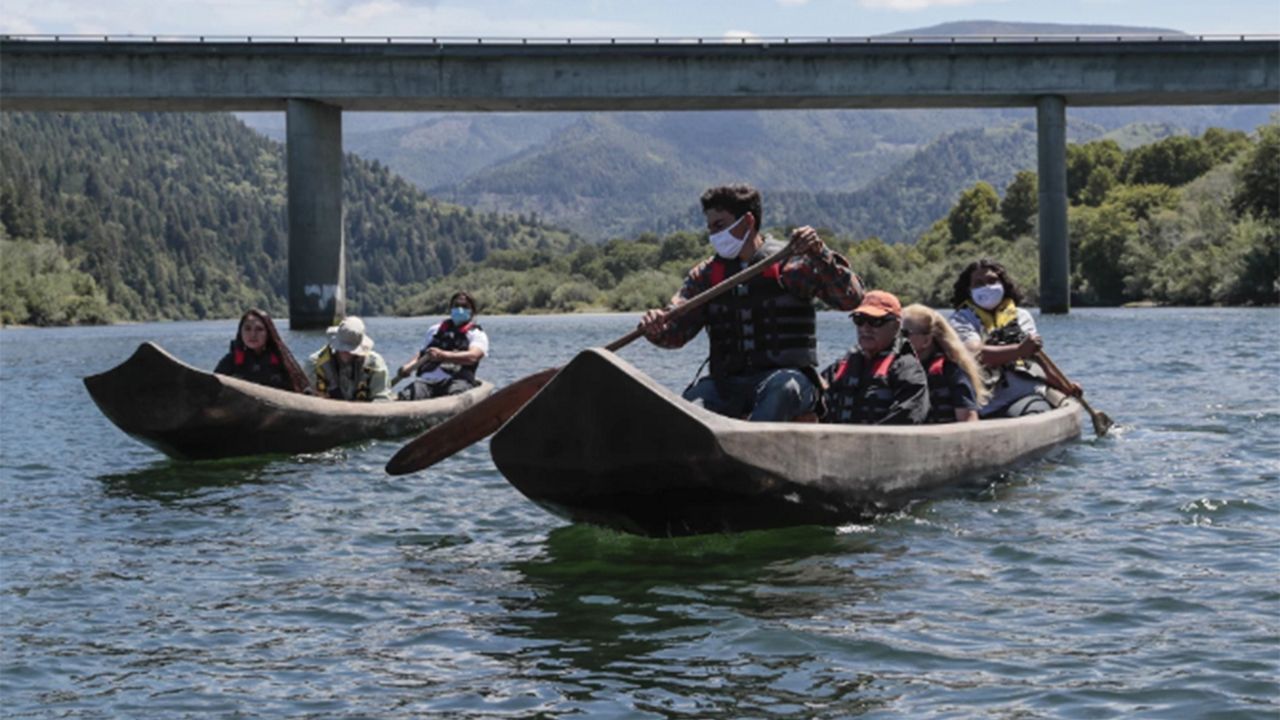More than 100 years ago, Santa Monica had vibrant neighborhoods where Black Americans lived, worked and worshiped just blocks from the beach.
Today those neighborhoods and businesses are primarily memories, covered by a freeway and the city’s civic center.
In an interview with LA Times Today, reporter Jeanette Marantos joined host Lisa McRee to talk about how discrimination and redevelopment in Santa Monica played a role in the disappearance of many Black neighborhoods.
African Americans started migrating to Southern California in the late 1800s to seek better opportunities and less discrimination. But discrimination still hindered Santa Monica’s Black community. Eventually, it erased many of its neighborhoods in the name of “progress” and redevelopment, such as the Belmar Triangle.
There were not many places where African Americans could visit in Santa Monica, so they ended up doing holding gatherings at the church.
“They had barbecues; it was not just a place of worship, it was a place of community. There was Sister Rosetta Tharpe, who was a very prominent Black guitar player. She was performing there at one time. They had what they called heaven and hell parties where people would start at the church and would end up going to a heaven place where they would listen to soft music and eat vanilla ice cream. The hell places would have a hot barbecue and livelier music,” Marantos said.
In her story, Marantos introduces us to Cristyne Lawson, who grew up in Santa Monica.
“Her family was pretty prominent because her grandfather was Reverend James Stout, and he was the first pastor for the Philips Chapel Christian Methodist Episcopal Church or the CME church. That was the first CME church west of Texas, and it was established in 1909 in Santa Monica.”
Along with feeling unwelcome, African Americans were discouraged from opening businesses that catered to Black clientele.
“They put a lot of pressure to the point where city officials began deciding that they were not going to allow certain developments because they wanted them for public parking or they wanted them for some other purpose. But when white developers came later, according to historian Alison Rose Jefferson, they were suddenly OK to do the developments there,” said Marantos.
The city Of Santa Monica recently opened the Historic Belmar Park project, which provides a historic reflection on a site where African American residents lived.
“If you walk around the park, there are 16 interpretive panels that will tell you a lot about this history, and you can take a walk to where the CME church is on 4th and Bay. You can almost imagine what it was like before it became so densely built up,” added Marantos.











